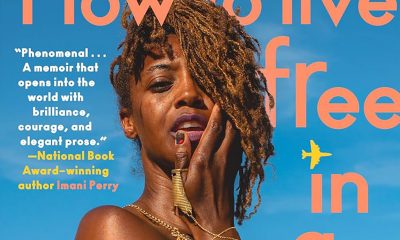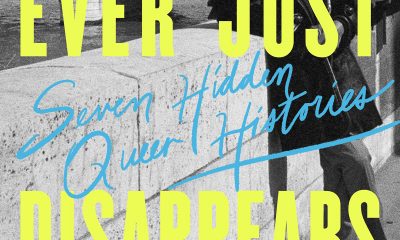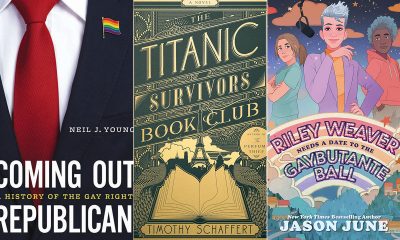Books
Novel revisits real-life murder of gay couple in 1980
‘Up With the Sun’ a story of ambition, lusts, obsessions
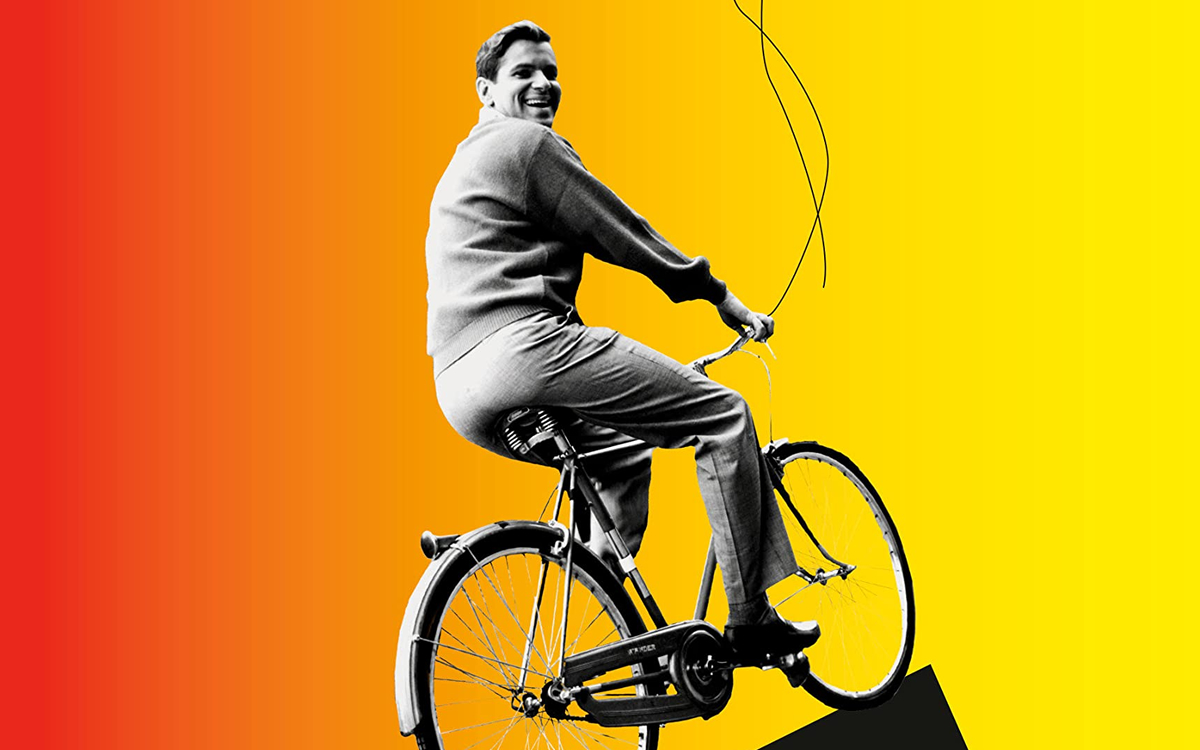
‘Up With the Sun’
By Thomas Mallon
c.2023, Knopf
$28/352 pages
If you’re in your right mind, you’d stop reading a novel whose protagonist is as appealing as a snake oil salesman without the charm. Even if he’s gay, murdered, and the star of several 1950s stage and movie musicals. Unless the book is “Up With the Sun,” the newest novel from acclaimed author Thomas Mallon.

Mallon, 71, is renowned for writing enthralling historical fiction. Too often, such novels are like high school history classes (taught by snooze-inducing teachers). They’re worthy. But you just want to eat your kale and get to dessert.
Thankfully, this isn’t so with “Up With the Sun.” The novel’s story is based on the real-life gay actor Dick Kallman, born in 1933 and murdered, along with his partner Steven, in 1980.
Kallman appeared on Broadway in 1951 in the musical “Seventeen.” In 1965-1966, he starred in the TV sitcom “Hank.” But though he replaced the lead in the Broadway show “Half a Sixpence,” and was a guest star on “Batman,” “Medical Center,” and a few other TV shows, Kallman never became a big showbiz success. By the 1970s, he’d left show business to work in fashion and as an art and antique dealer.
Much of “Up With the Sun” is about Kallman’s career in the second or even third tier of showbiz. It is a story of Kallman’s ambitions, yearnings, and lusts and obsessions: for success in show business, fame, money and Kenneth Nelson, who stars in “Seventeen.” Nelson, who is put off by Kallman’s personality, rejects his overtures.
Kallman is one of the creepiest characters ever brought to the page. He is so phony, such a social climber, that he’s described as being “aggressively ingratiating.”
When he appears in a show with Dyan Cannon, Kallman is ticked off with her. He feels she’s upstaging him. That happens sometimes, you think. Until Kallman, in his pique, smashes Cannon’s finger. You can’t agree more when Cannon tells Kallman, “you’re a sick bastard!”
The other protagonist in “Up With the Sun” is Matt Liannetto, a pianist who worked with Kallman in “Seventeen.”
In alternating chapters, Matt narrates the novel. Matt is as sweet and endearing as Kallman is off-putting and slimy. He isn’t Kallman’s BFF (who would be?). But his path has crossed with Kallman’s over the years. He’s over at Kallman’s apartment the night that Kallman and Steven are killed.
The police turn to him for help in identifying the suspects. During the investigation, Matt and Devin Arroyo, a charming police assistant years younger than him, fall in love.Mallon, who is gay and lives in Washington, D.C., is the author of 11 novels, including “Henry and Clara,” “Dewey Defeats Truman,” “Fellow Travelers,” “Watergate,” and “Landfall.”
In his fiction, Mallon makes history as entertaining as a bodice-ripper, intriguing as a mystery and by turns, as comic and/or poignant as the best literary fiction set in the present.
In “Up With the Sun,” Mallon immerses you into the smells, tastes, sights, sounds, language, and characters (real-life and fictional) of the 1950s through 1981. Through his authorial sleight of hand, you come to care about not only kindhearted Matt and Devin, but self-serving Kallman.
Much has been written in non-fiction and fiction about the time periods and real-life celebs featured in “Up With the Sun.” Yet, Mallon makes this familiar material – from Judy Garland’s concert at Carnegie Hall to the beginning of the AIDS crisis – seem new.
“All my life I’ve loved the past as a place that can keep you safe from the present,” Matt says, “… a place that your imagination can make as pretty as the two-dimensional flats of the Seventeen sets.”
Mallon’s writing is as beautiful as the most gorgeous stage sets, yet there’s nothing safe or emptily nostalgic about his rendering of the past.
The police procedural aspects of the novel — identifying the suspects, the trial, etc. — are not as interesting as Mallon’s depiction of the protagonists, their quirks, supporting characters and period details. But this is a minor quibble.
Reading “Up With the Sun” is like eating potato chips. Once you start, you won’t be able to stop.
The Blade may receive commissions from qualifying purchases made via this post.
Books
New book offers observations on race, beauty, love
‘How to Live Free in a Dangerous World’ is a journey of discovery
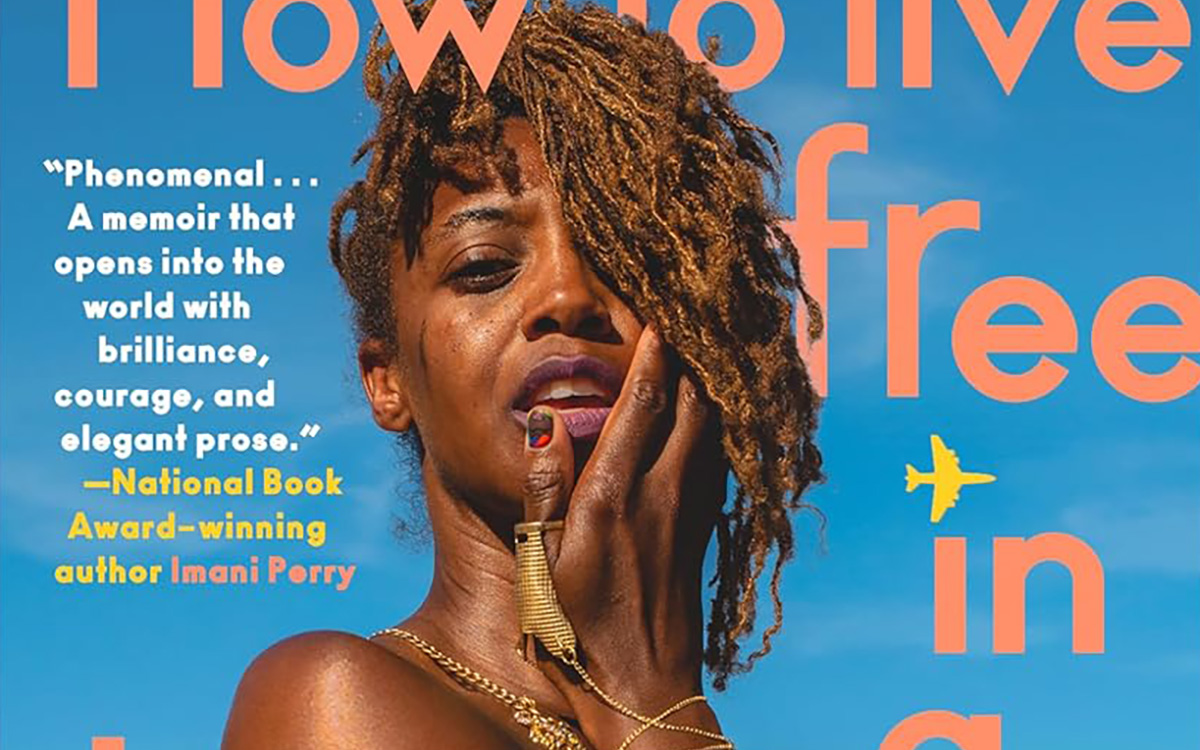
‘How to Live Free in a Dangerous World: A Decolonial Memoir’
By Shayla Lawson
c.2024, Tiny Reparations Books
$29/320 pages
Do you really need three pairs of shoes?
The answer is probably yes: you can’t dance in hikers, you can’t shop in stilettos, you can’t hike in clogs. So what else do you overpack on this long-awaited trip? Extra shorts, extra tees, you can’t have enough things to wear. And in the new book “How to Live Free in a Dangerous World” by Shayla Lawson, you’ll need to bring your curiosity.

Minneapolis has always been one of their favorite cities, perhaps because Shayla Lawson was at one of Prince’s first concerts. They weren’t born yet; they were there in their mother’s womb and it was the first of many concerts.
In all their travels, Lawson has noticed that “being a Black American” has its benefits. People in other countries seem to hold Black Americans in higher esteem than do people in America. Still, there’s racism – for instance, their husband’s family celebrates Christmas in blackface.
Yes, Lawson was married to a Dutch man they met in Harlem. “Not Haarlem,” Lawson is quick to point out, and after the wedding, they became a housewife, learned the language of their husband, and fell in love with his grandmother. Alas, he cheated on them and the marriage didn’t last. He gave them a dog, which loved them more than the man ever did.
They’ve been to Spain, and saw a tagline in which a dark-skinned Earth Mother was created. Said Lawson, “I find it ironic, to be ordained a deity when it’s been a … journey to be treated like a person.”
They’ve fallen in love with “middle-American drag: it’s the glitteriest because our mothers are the prettiest.” They changed their pronouns after a struggle “to define my identity,” pointing out that in many languages, pronouns are “genderless.” They looked upon Frida Kahlo in Mexico, and thought about their own disability. And they wish you a good trip, wherever you’re going.
“No matter where you are,” says Lawson, “may you always be certain who you are. And when you are, get everything you deserve.”
Crack open the front cover of “How to Live Free in a Dangerous World” and you might wonder what the heck you just got yourself into. The first chapter is artsy, painted with watercolors, and difficult to peg. Stick around, though. It gets better.
Past that opening, author Shayna Lawson takes readers on a not-so-little trip, both world-wide and with observant eyes – although it seems, at times, that the former is secondary to that which Lawson sees. Readers won’t mind that so much; the observations on race, beauty, love, the attitudes of others toward America, and finding one’s best life are really what takes the wheel in this memoir anyhow. Reading this book, therefore, is not so much a vacation as it is a journey of discovery and joy.
Just be willing to keep reading, that’s all you need to know to get the most out of this book. Stick around and “How to Live Free in a Dangerous World” is what to pack.
The Blade may receive commissions from qualifying purchases made via this post.
Books
Story of paralysis and survival features queer characters
‘Unswerving: A Novel’ opens your eyes and makes you think
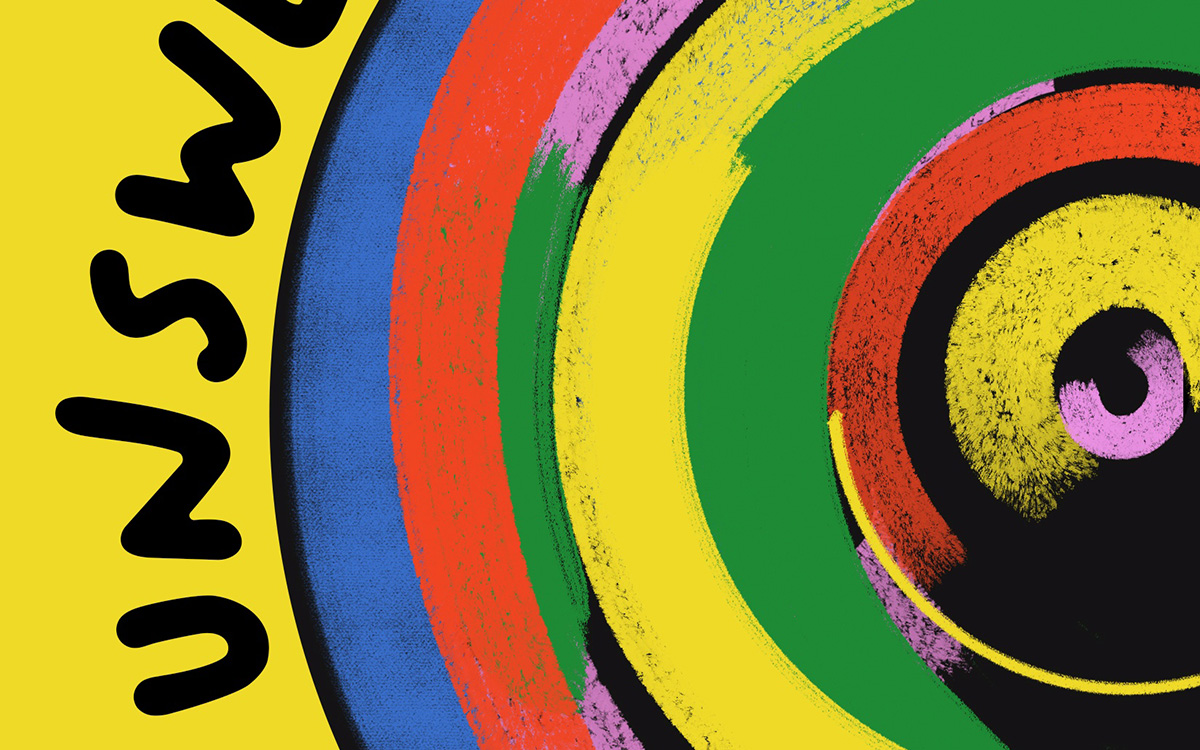
‘Unswerving: A Novel’
By Barbara Ridley
c.2024, University of Wisconsin Press
$19.95 / 227 pages
It happened in a heartbeat.
A split-second, a half a breath, that’s all it took. It was so quick, so sharp-edged that you can almost draw a line between before and after, between then and now. Will anything ever be the same again? Perhaps, but maybe not. As in the new book “Unswerving” by Barbara Ridley, things change, and so might you.

She could remember lines, hypnotizing yellow ones spaced on a road, and her partner, Les, asleep in the seat beside her. It was all so hazy. Everything Tave Greenwich could recall before she woke up in a hospital bed felt like a dream.
It was as though she’d lost a month of her life.
“Life,” if you even wanted to call it that, which she didn’t. Tave’s hands resembled claws bent at the wrist. Before the accident, she was a talented softball catcher but now she could barely get her arms to raise above her shoulders. She could hear her stomach gurgle, but she couldn’t feel it. Paralyzed from the chest down, Tave had to have help with even the most basic care.
She was told that she could learn some skills again, if she worked hard. She was told that she’d leave rehab some day soon. What nobody told her was how Les, Leslie, her partner, girlfriend, love, was doing after the accident.
Physical therapist Beth Farringdon was reminded time and again not to get over-involved with her patients, but she saw something in Tave that she couldn’t ignore. Beth was on the board of directors of a group that sponsored sporting events for disabled athletes; she knew people who could serve as role models for Tave, and she knew that all this could ease Tave’s adjustment into her new life. It was probably not entirely in her job description, but Beth couldn’t stop thinking of ways to help Tave who, at 23, was practically a baby.
She could, for instance, take Tave on outings or help find Les – even though it made Beth’s own girlfriend, Katy, jealous.
So, here’s a little something to know before you start reading “Unswerving”: author Barbara Ridley is a former nurse-practitioner who used to care for patients with spinal cord injuries. That should give readers a comfortable sense of satisfaction, knowing that her experiences give this novel an authenticity that feels right and rings true, no faking.
But that’s not the only appeal of this book: while there are a few minor things that might have readers shaking their heads (HIPAA, anyone?), Ridley’s characters are mostly lifelike and mostly likable. Even the nasties are well done and the mysterious character that’s there-not-there boosts the appeal. Put everyone together, twist a little bit to the left, give them some plotlines that can’t ruined by early guessing, and you’ve got a quick-read novel that you can enjoy and feel good about sharing.
And share you will because this is a book that may also open a few eyes and make readers think. Start “Unswerving” and you’ll (heart) it.
The Blade may receive commissions from qualifying purchases made via this post.
Books
Examining importance of queer places in history of arts and culture
‘Nothing Ever Just Disappears’ shines with grace and lyrical prose
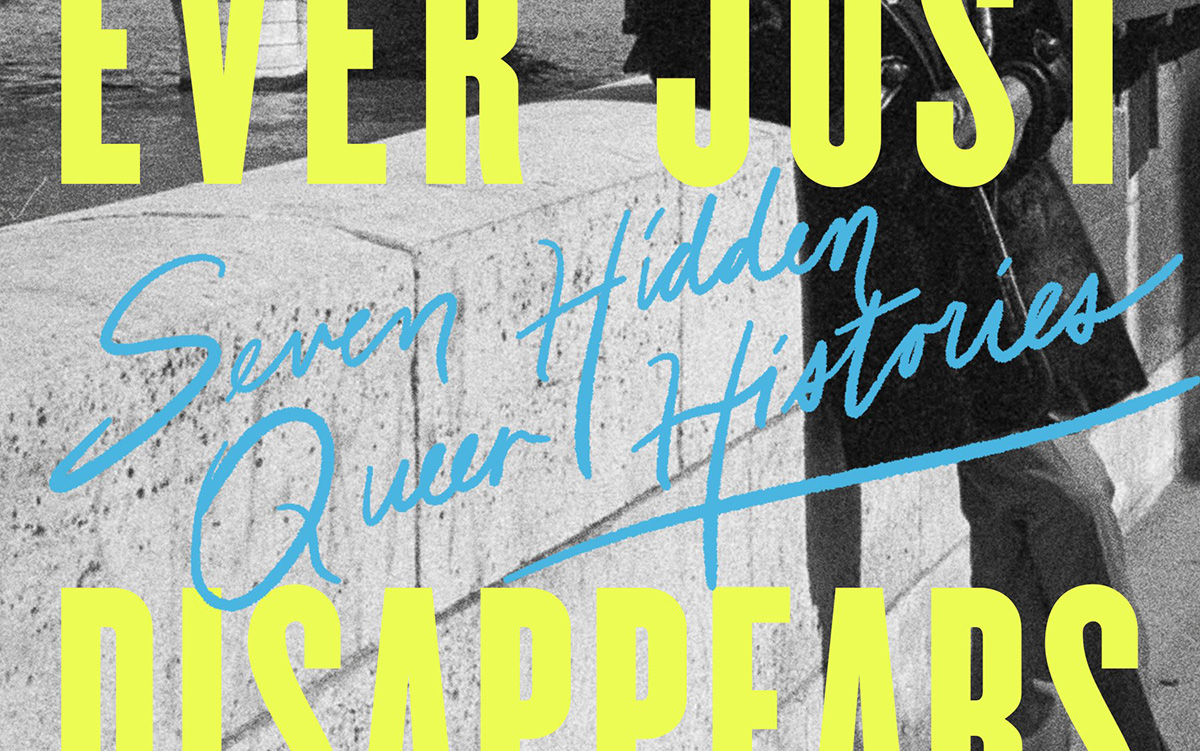
‘Nothing Ever Just Disappears: Seven Hidden Queer Histories’
By Diarmuid Hester
c.2024, Pegasus Books
$29.95/358 pages
Go to your spot.
Where that is comes to mind immediately: a palatial home with soaring windows, or a humble cabin in a glen, a ramshackle treehouse, a window seat, a coffeehouse table, or just a bed with a special blanket. It’s the place where your mind unspools and creativity surges, where you relax, process, and think. It’s the spot where, as in the new book “Nothing Ever Just Disappears” by Diarmuid Hester, you belong.

Clinging “to a spit of land on the south-east coast of England” is Prospect Cottage, where artist and filmmaker Derek Jarman lived until he died of AIDS in 1994. It’s a simple four-room place, but it was important to him. Not long ago, Hester visited Prospect Cottage to “examine the importance of queer places in the history of arts and culture.”
So many “queer spaces” are disappearing. Still, we can talk about those that aren’t.
In his classic book, “Maurice,” writer E.M. Forster imagined the lives of two men who loved one another but could never be together, and their romantic meeting near a second-floor window. The novel, when finished, “proved too radical even for Forster himself.” He didn’t “allow” its publication until after he was dead.
“Patriarchal power,” says Hester, largely controlled who was able to occupy certain spots in London at the turn of the last century. Still, “queer suffragettes” there managed to leave their mark: women like Vera Holme, chauffeur to suffragette leader Emmeline Pankhurst; writer Virginia Woolf; newspaperwoman Edith Craig, and others who “made enormous contributions to the cause.”
Josephine Baker grew up in poverty, learning to dance to keep warm, but she had Paris, the city that “made her into a star.” Artist and “transgender icon” Claude Cahun loved Jersey, the place where she worked to “show just how much gender is masquerade.” Writer James Baldwin felt most at home in a small town in France. B-filmmaker Jack Smith embraced New York – and vice versa. And on a personal journey, Hester mourns his friend, artist Kevin Killian, who lived and died in his beloved San Francisco.
Juxtaposing place and person, “Nothing Ever Just Disappears” features an interesting way of presenting the idea that both are intertwined deeper than it may seem at first glance. The point is made with grace and lyrical prose, in a storyteller’s manner that offers back story and history as author Diarmuid Hester bemoans the loss of “queer spaces.” This is really a lovely, meaningful book – though readers may argue the points made as they pass through the places included here. Landscapes change with history all the time; don’t modern “queer spaces” count?
That’s a fair question to ask, one that could bring these “hidden” histories full-circle: We often preserve important monuments from history. In memorializing the actions of the queer artists who’ve worked for the future, the places that inspired them are worth enshrining, too.
Reading this book may be the most relaxing, soothing thing you’ll do this month. Try “Nothing Ever Just Disappears” because it really hits the spot.
The Blade may receive commissions from qualifying purchases made via this post.
-

 Africa3 days ago
Africa3 days agoCongolese lawmaker introduces anti-homosexuality bill
-

 Colorado5 days ago
Colorado5 days agoFive transgender, nonbinary ICE detainees allege mistreatment at Colo. detention center
-
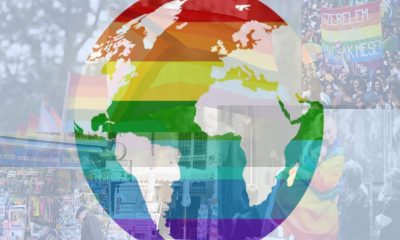
 World3 days ago
World3 days agoOut in the World: LGBTQ news from Europe and Asia
-

 Real Estate4 days ago
Real Estate4 days agoBoosting your rental property’s curb appeal

